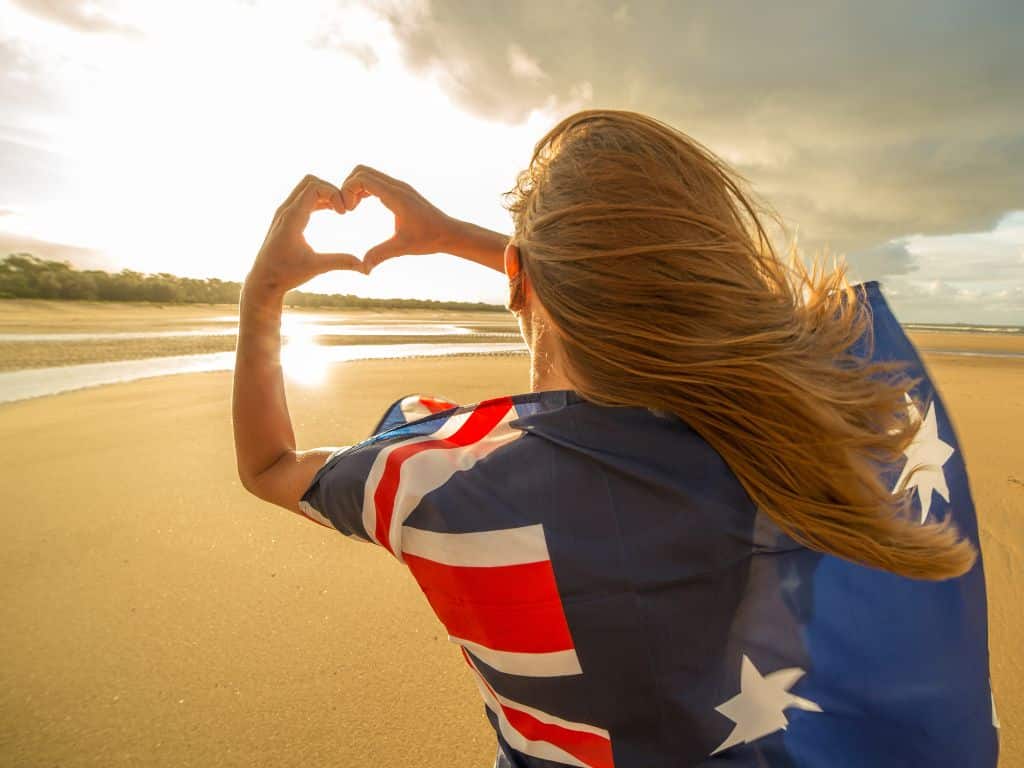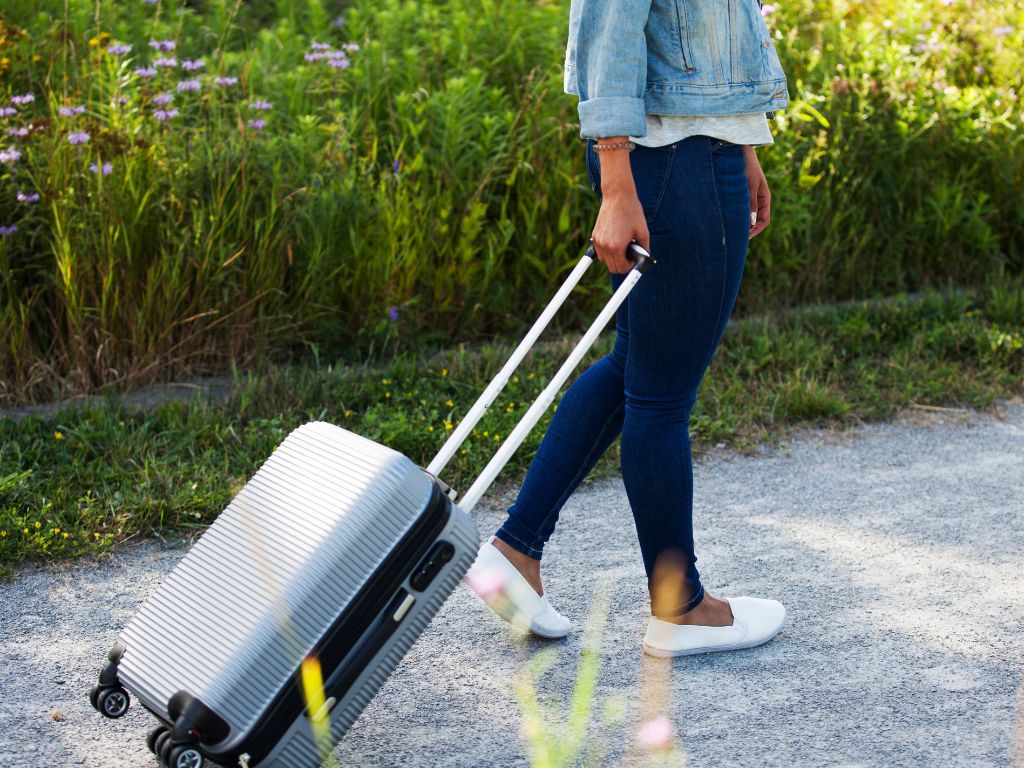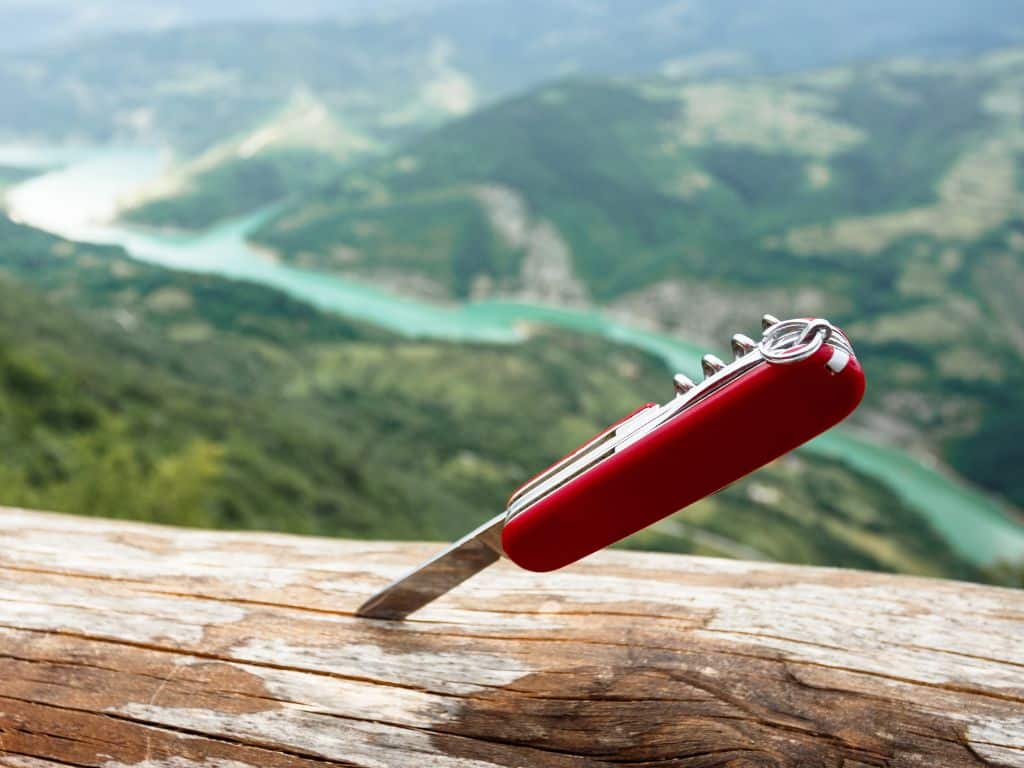Breadcrumbs

Recent surveys show that nearly 80% of Australians are looking to travel within the next year and a large percentage of those are planning to fly domestically. Whether it’s simply to visit family and friends or to explore some of the unique regions of this country that they’ve been putting off, Aussies are splurging on domestic travel like never before.
Because our nation is so vast, most domestic travellers will be choosing to fly, and our domestic airlines make it easy to reach all our capital cities, favourite regional towns, and endless natural wonders.
To make your next domestic holiday even easier, we’ve gathered our top domestic travel packing tips whether you plan on just sticking to carry-on luggage or will be checking bags.
Keep in mind that comprehensive domestic travel insurance can not only provide you with coverage for lost or stolen luggage, but also curtailment cover for pre-paid hotels and trips in the event you need to cut your trip short, rental vehicle excess waiver cover, and cover for delayed or cancelled flights. All this is in addition to children under 18 being covered** at no extra cost regarding families travelling together.
Luggage

Packing tip number one for a domestic trip is selecting the right suitcase. Travelling within the country often means you can forego taking larger checked luggage and just stick with carry-on bags, especially for short weekend holidays or business trips. For this reason, we will offer a number of tips specifically for how to pack your carry-on.
Travelling domestically also often means flying on smaller prop planes which may have stricter weight and size restrictions in regard to carry-on luggage. It’s important to know what your allowances are so as not to pack too large or heavy a carry-on bag which could result in having to check your bag and pay additional fees.
Be sure to check the carry-on luggage restrictions for all domestic flights on your itinerary and adhere to the one with the lowest weight and size allowance. To save on both weight and size, you should forego carry-on bags with wheels and handles and stick to handheld suitcases, duffel bags, or backpacks.
You may also want to invest in a small portable luggage scale to ensure you stay within your weight limits, so there won’t be any surprises at the airport. Travelling light with just carry-on bags saves both time and often money, but if you need to check baggage when flying domestically, this is when your travel insurance will come to your rescue should they get lost or stolen.
Tips for packing your carry-on

There are both things you definitely should pack in a carry-on and things you simply cannot. Batteries are the main thing you must take in your carry-on and this includes alkaline, nickel cadmium, and lithium-ion batteries. It also includes portable power banks.
E-cigarettes and personal vaping devices also belong in your carry-on bag as well as any essential medications you are taking. Flights can be cancelled or delayed and you don’t want to have any essential items you may need like medications stuck in your checked baggage with no access to them.
It’s also wise to pack anything of high value in your carry-on such as jewellery, cash, designer sunglasses or watches, cameras, etc. Depending on the travel insurance policy you choose, you may not be fully covered for all personal items if they get lost or stolen from checked baggage. You may need to take out additional cover to insure higher-value items.
Remember too, that even carry-on bags and the items within them can get stolen, so investing in luggage locks isn’t a bad idea or at least be wise in regard to where and how you store your carry-on items so you can keep an eye on them.
Lastly, be sure to carry or wear heavy and bulkier items like that puffer jacket and a pair of hiking boots you plan on wearing while tackling Tasmania’s Overland Track. This will allow you to maximise your carry-on space and weight allowances.
Packing liquids

Liquid restrictions may not apply to checked baggage but you do need to be mindful when packing them in your carry-on. While it’s true that domestic flights within Australia are not subject to powder, liquid, aerosol, and gel restrictions in regard to your carry-on luggage, there is a stipulation that states you will have to adhere to restrictions when transiting through or departing from an Aussie international airport even when just travelling domestically.
Should this be the case for you, you will need to keep liquids, powders, gels, and aerosols within the 100mL/100g or less rule. You may also be surprised to learn that the container itself must not surpass these limits either. This means that you cannot carry 90mL of something in a 200mL bottle or half a tube of 180g toothpaste.
Sadly this means that you will find it difficult to pack Vegemite in your carry-on due to the fact it’s considered a gel and most jars come in sizes above the 100 gram limit.
All liquids, gels powders, and aerosols must be placed within a clear resealable plastic bag and there is a limit of one bag per passenger. You may be asked to remove this bag when going through security so don’t bury it in your carry-on. Aerosol containers have an additional requirement in that they must be fitted with a cap or some kind of locking mechanism.
So keep these restrictions in mind if you are flying domestically out of an international airport when packing things like perfume, shampoo, toothpaste, deodorant, etc. You may have to purchase special travel sizes to stay within the restricted limits.
One exception to the liquid restriction rule is health-related items such as prescription and non-prescription medicines, necessary dietary supplements, and essential medical items that may be required during your flight.
Prohibited items

We all know we aren’t allowed to bring knives, firearms, or chainsaws with us onboard, but some prohibited items may surprise you. For example, if you’re planning on playing a bit of backyard cricket while visiting the family for Australia Day, you won’t be allowed to bring your favourite cricket bat onboard with you.
Additional no-gos for your carry-on luggage include party poppers, sparklers, letter openers, insect repellent, and most tools in case you were planning on helping your interstate mate with his latest reno. However, if you enjoy a bit of knitting or crocheting to pass the time on a flight, you can take these types of needles onboard with you.
Comfort items

Thankfully, most domestic flights are rather short within Australia so you won’t have to find ways to endure an uncomfortable long-haul flight. That being said, there are still ways to make any flight more enjoyable.
Domestic flights often do not come equipped with fancy entertainment screens like those found on international flights. Therefore, it’s a good idea to bring a phone or tablet to enjoy music, videos, podcasts, or games to pass the time.
Noise-cancelling headphones are always a good idea since prop planes can be noisy or when you may be seated next to a crying child. You may also wish to take an eye mask to catch up on a bit of sleep.
Many domestic flights are limited on space so it’s best to forego the large neck pillows and other bulky comfort items for short flights. You should also be aware that certain in-flight comfort accessories are forbidden such as those that are designed to be attached to seats, inserted between seats, or will obstruct seats and aisles in any way.
Finally, although not technically a comfort tip one that will reduce your stress levels is to use resealable plastic bags to organise items in your carry-on. This will allow you to locate items more easily while in flight. This also helps prevent electric cords and old-fashioned corded headphones from getting tangled.
Tip for travelling with small children

Before we get into packing tips for small children on domestic flights, we thought we might share some other basic information you might find helpful. Depending on the airline you choose, you may or may not have to pay an infant fee when flying domestically. Some airlines allow children under the age of 2 to travel free of charge so long as they do not occupy a seat.
You will be given a specialised seatbelt for infants sitting on your lap during the flight. If your child can sit up on their own and you would prefer to purchase a seat for them, you will then need to book a window seat and bring an approved car seat for them.
When travelling with an infant on domestic flights, you are also often allowed to bring essential baby items such as a pram, portable cot, car seat, or baby carrier. You may wish to also check with hotels to see if you can use or rent a pram or cot to avoid having to bring them with you.
Some essential items to pack in your carry-on for young children include comfort items like a favourite toy or dummy, spare nappies and clothes, wipes, snacks, and possibly earplugs or drops to soothe aching ears which infants can be more susceptible to on flights during take-off and landing.
Those liquid/powder restrictions mentioned earlier do not apply to powdered baby formula and any essential liquids your child may need. However, what you won’t be allowed to bring is any type of small bed whether it’s inflatable or cushion-like for your child to lay flat during the flight.
Lastly, it’s probably a very good idea to also pack a spare change of clothes for yourself in your carry-on when travelling with a small child since spills and accidents can be common.
Biosecurity

It’s important to not forget that our states and territories each have different biosecurity regulations in place so you will need to be aware of these when packing. There are many restricted items you may not be able to bring across state borders, especially when it comes to Tasmania which has some of the strictest biosecurity laws anywhere and utilises sniffer dogs.
Common items you may not be able to pack include seeds, fruits, vegetables, certain wood products, cut flowers, or objects with soil. Whether it’s to stop the spread of fruit flies impacting crops or to protect valuable natural resources, these regulations are in place for a good reason.
Consider where in Australia you’re travelling to

Our final words of advice are to put some thought into the destinations you are travelling to within Australia. Heading into the Outback or tropics from Melbourne or Sydney may require you to purchase or pack items you normally don’t have or wouldn’t usually pack.
Will you need a fly net for your face, moisturiser to deal with dry conditions, reef-safe sunscreen, or beauty products that hold up better in humidity? Will you need a water purification device or tablets for that multi-day trek you planned, a poncho for that summertime Far North Queensland holiday, or swimwear for that trip to the coast?
Wherever you are planning to go in Australia this year, be mindful of the weather and what activities you are planning on enjoying so you can better create a list of items that will allow you to make the most out of your domestic holiday.
**Children (including fostered or adopted children) travelling with either their parents or grandparents will be provided with travel insurance cover for no additional cost (any pre-existing medical conditions may incur an additional charge). This is provided they are under 18 years of age, named on the Policy Schedule and are financially dependent on either their parents or grandparents. No cover is available for children who are born overseas during your trip.
